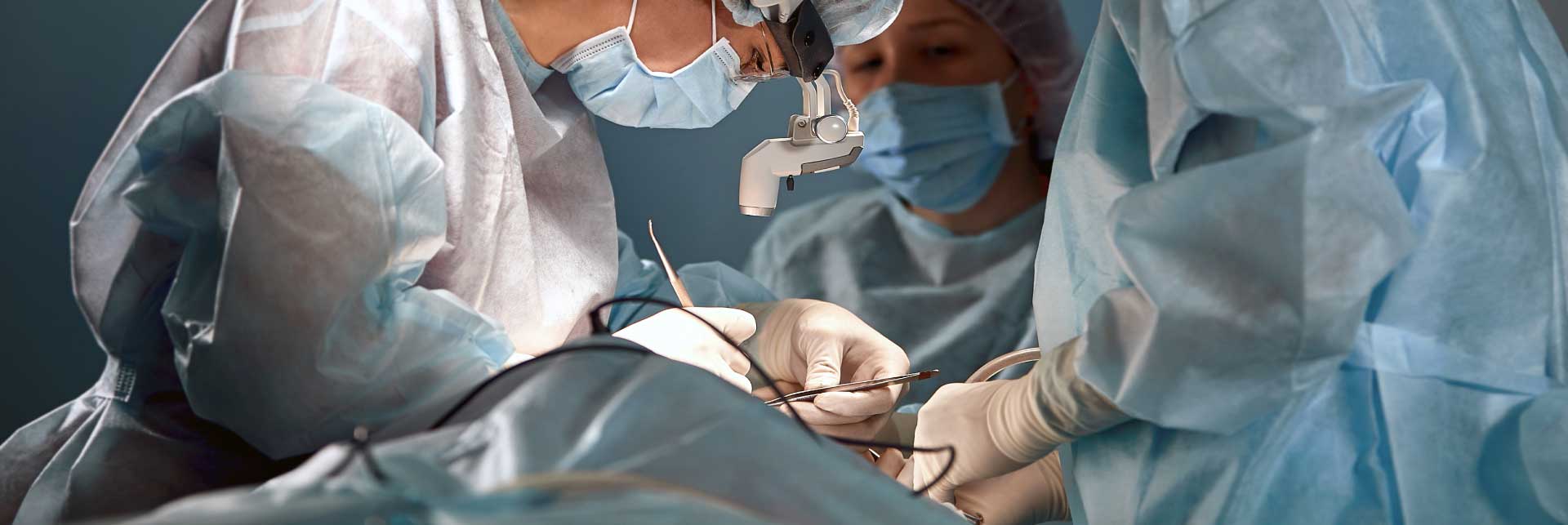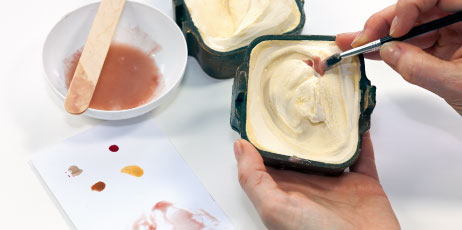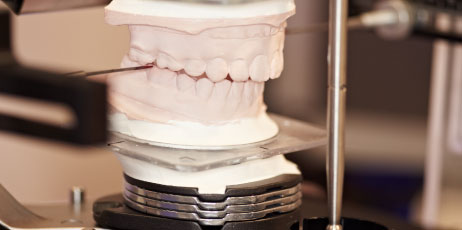South Jersey Craniofacial Implants Surgery
The South Jersey surgeons at Lanzi Burke perform craniofacial implant surgeries to help patients who may have had injuries occur through burns, road traffic accidents and other trauma. Surgery for the treatment of malignant disease may involve the removal of facial tissue leaving a defect which cannot be reconstructed.
Significant numbers of children are also born with congenital facial defects. In some cases, it is possible to reconstruct the face with surgical techniques. However, reconstructive surgery may not always be possible. In such instances a prosthesis may be selected as the appropriate alternative and treatment of choice.
In the past, the options for retaining a craniofacial prosthesis were to use adhesive to attach an ear or glasses to retain an eye or nose prosthesis. However, there have been problems with these methods. For example the glue can cause a skin reaction and irritation. The glue may not react well with perspiration or moisture. Prostheses attached to spectacles means the glasses cannot be removed in public.
Titanium implants (called fixtures or screws) provide a permanent and stable means of attaching a facial prosthesis. Depending on the position of the defect, a small number of titanium screws are implanted into the bone. These are left to bond with the bone, a process which is called osseointegration. After a healing period of about three months a corresponding number of percutaneous (through the skin) abutments are attached to the screws. Once these are in place and healed, a thin bar is linked to the abutments and the prosthesis is then fastened to these anchors using clips or magnets.
With today’s silicone materials it is possible to make a facial prosthesis so lifelike that it is difficult to tell it apart from the rest of the face. Even from close-up! The prosthesis is custom made and colored for each patient. The technician who makes the prosthesis will use different shades of color and other methods to closely match each person’s skin. But as well as looking natural, the prosthesis must also stay in place so that people can carry on with their normal day-to-day lives. The result is a cosmetically pleasing prosthesis which is also firmly attached giving the patient the freedom to return to an active life. Hundreds of patients with facial defects have been helped by this technique and their quality of life has been improved beyond recognition.








